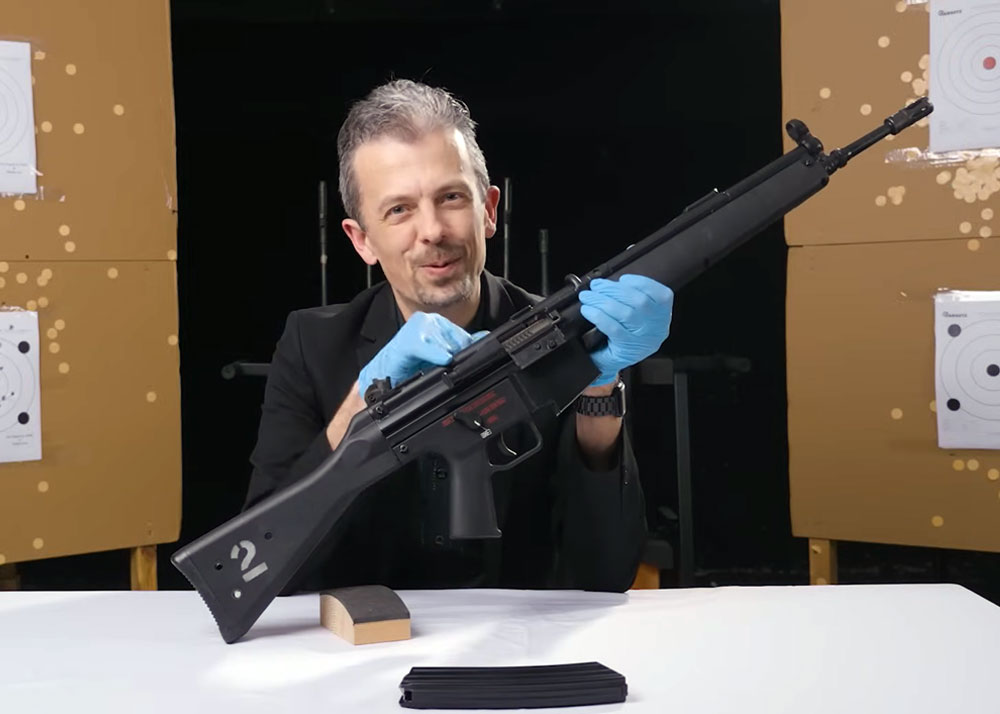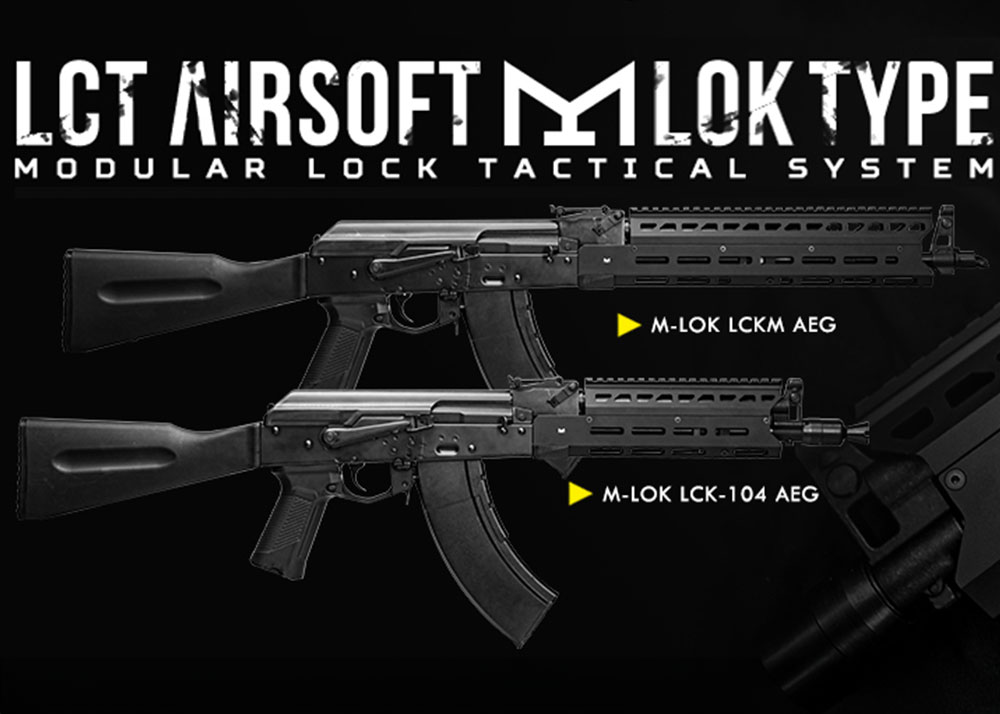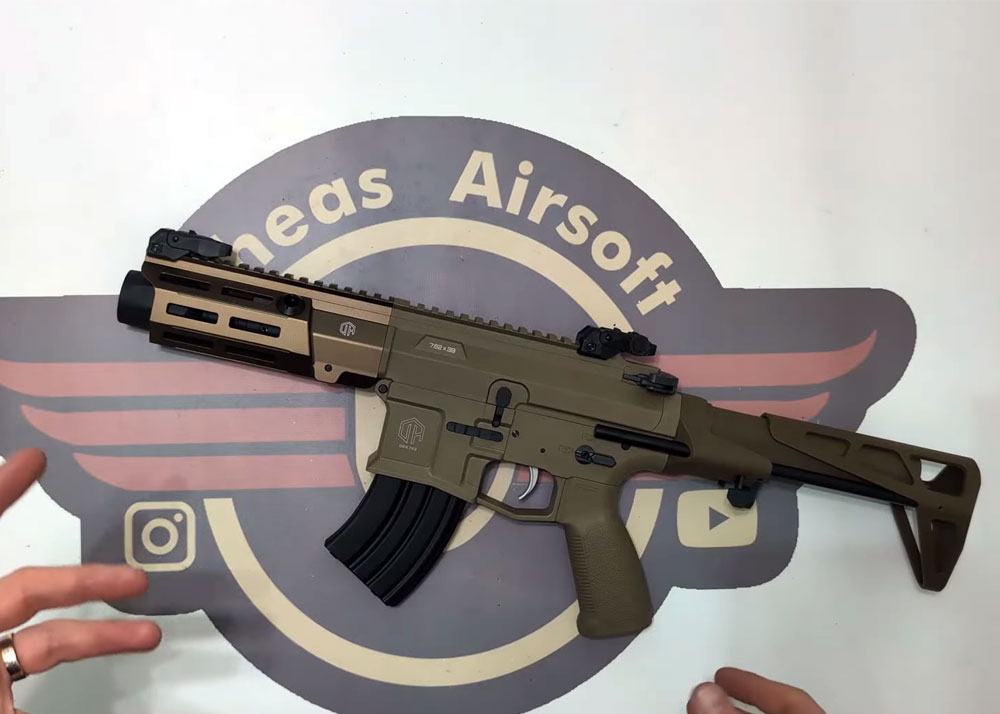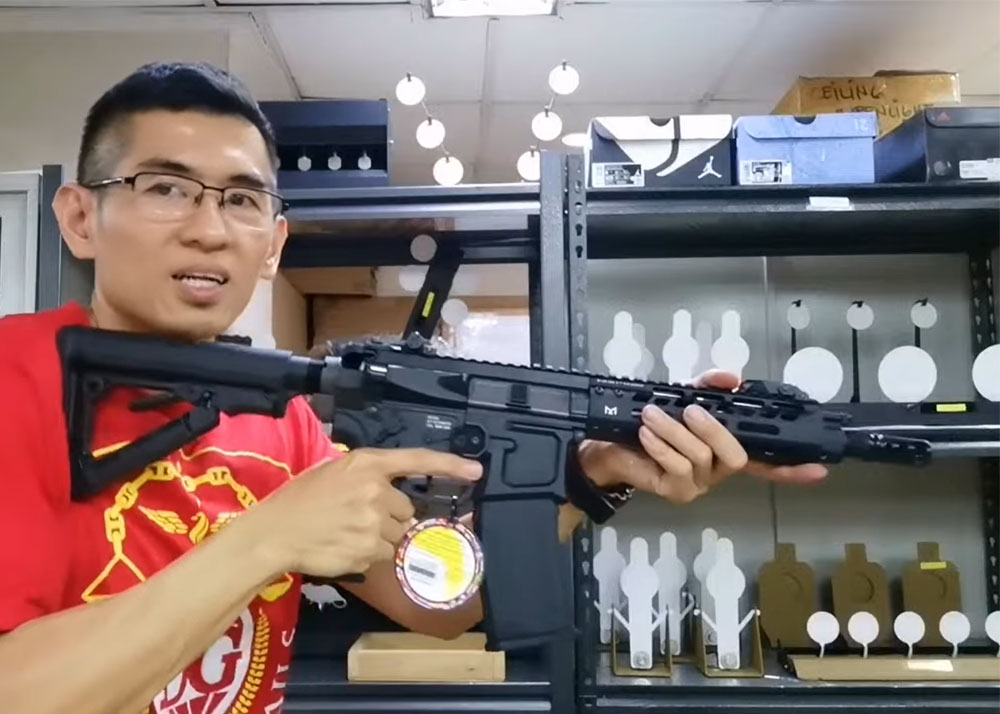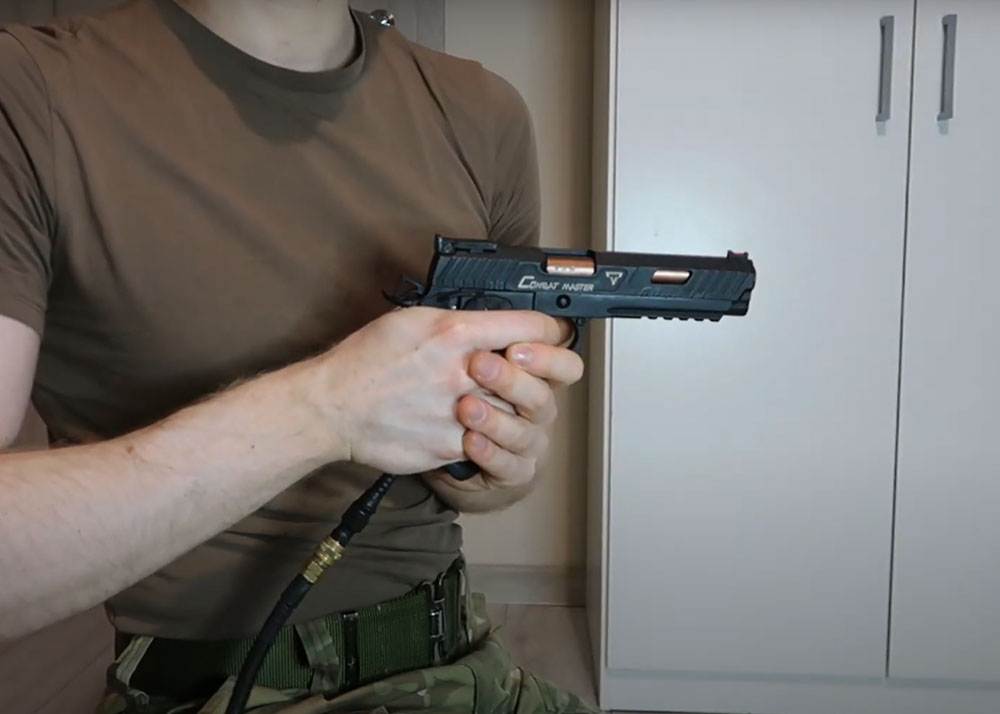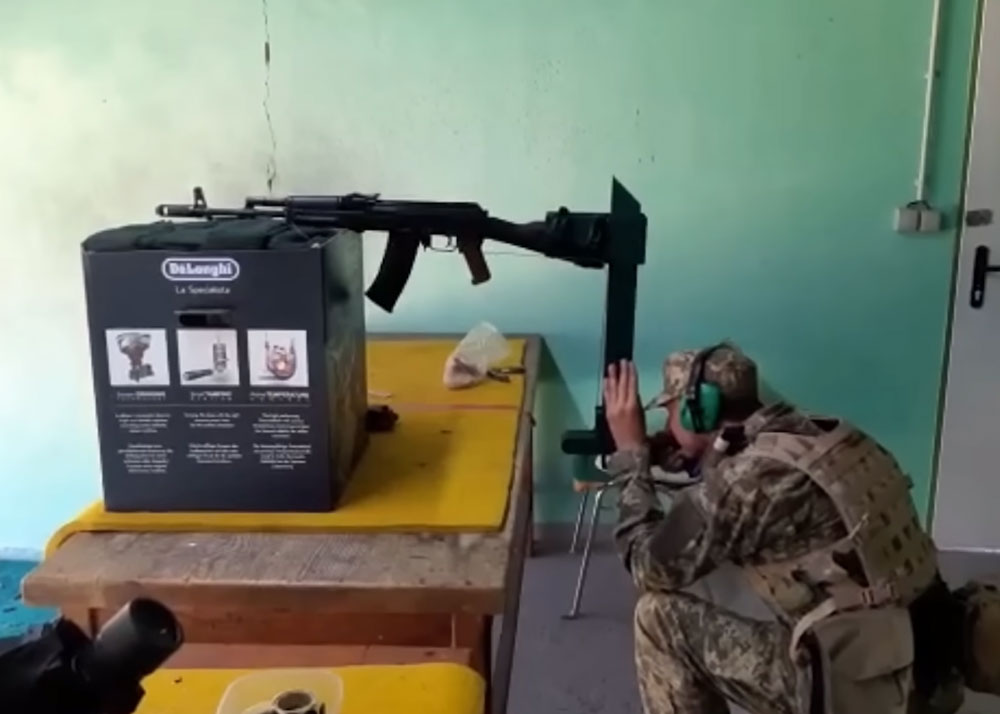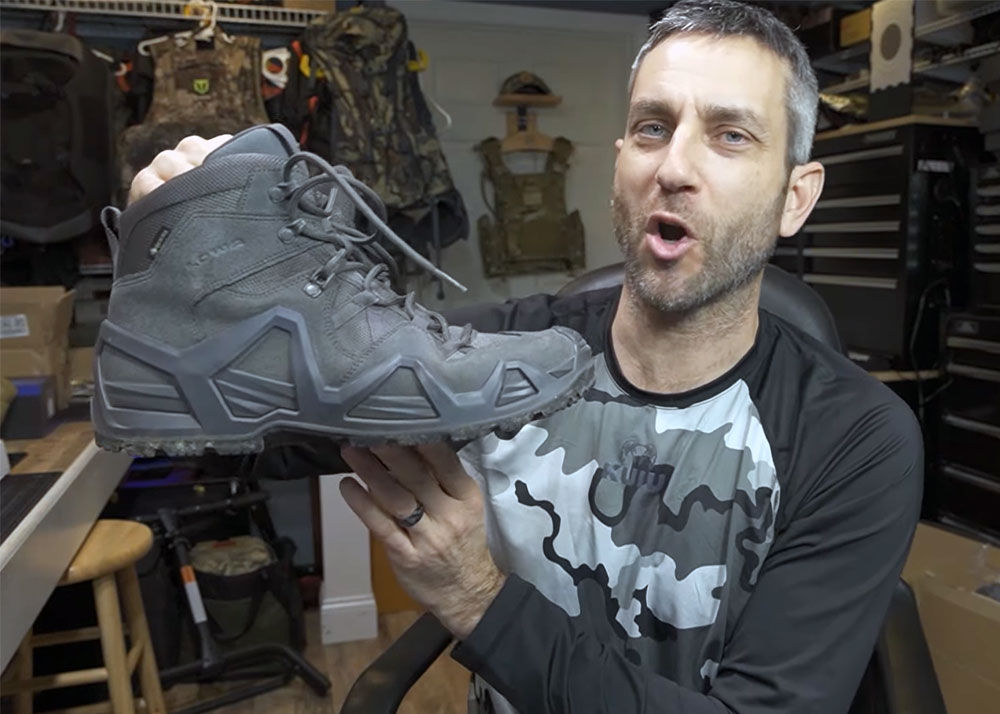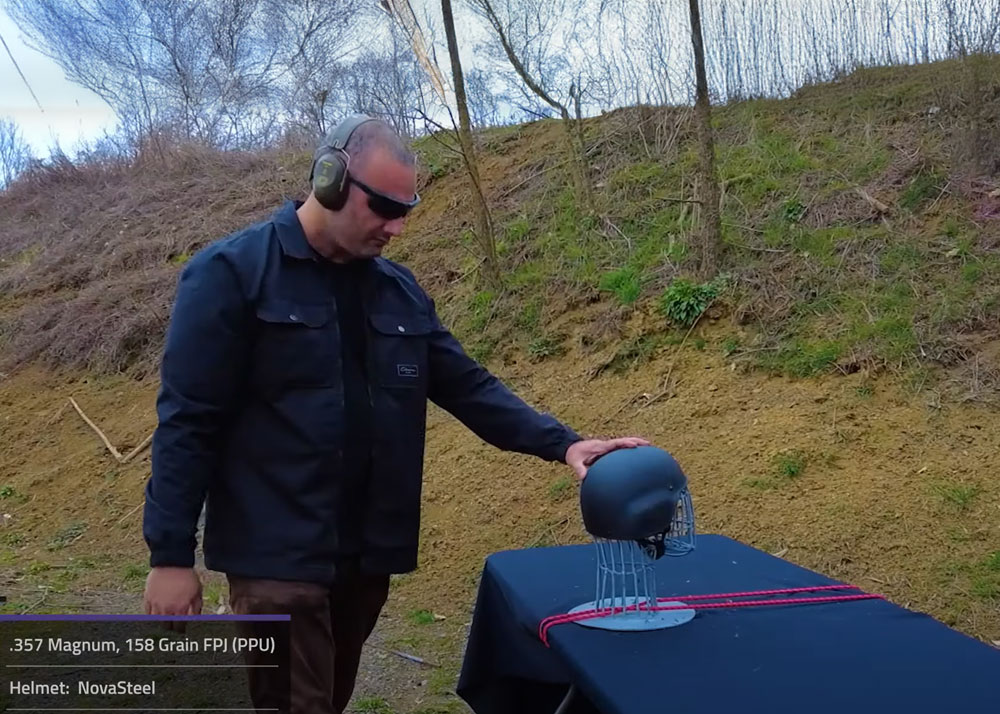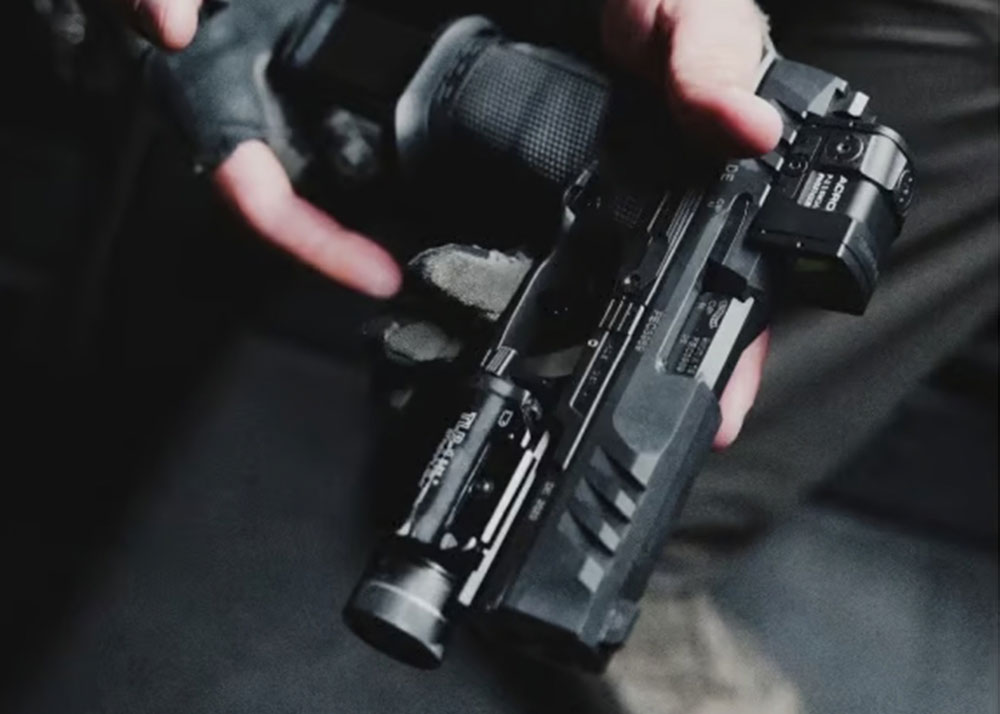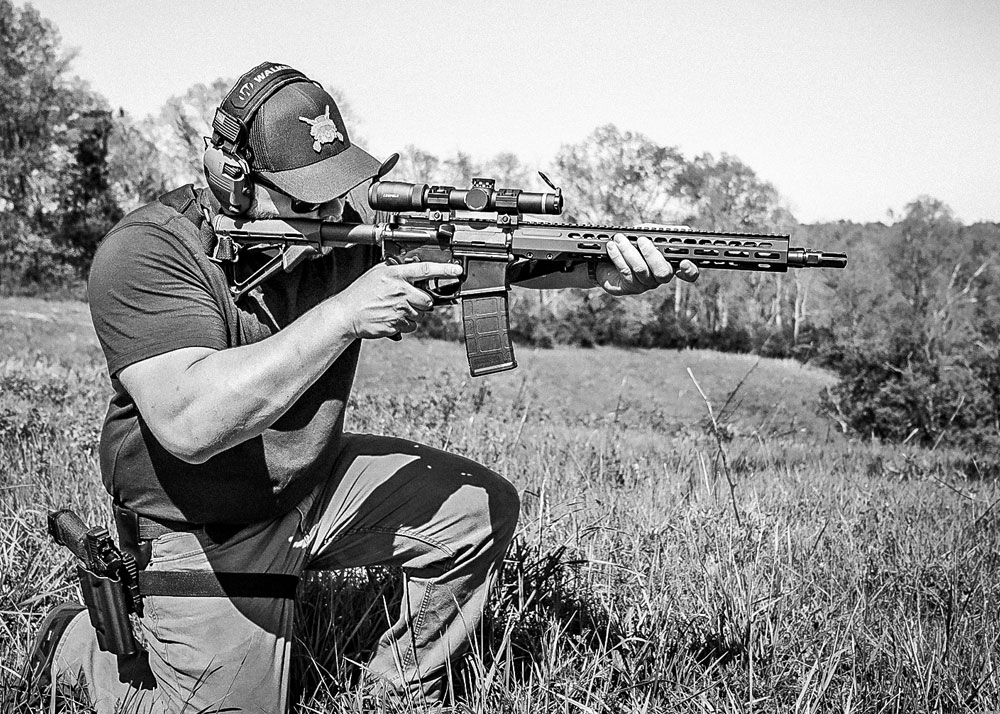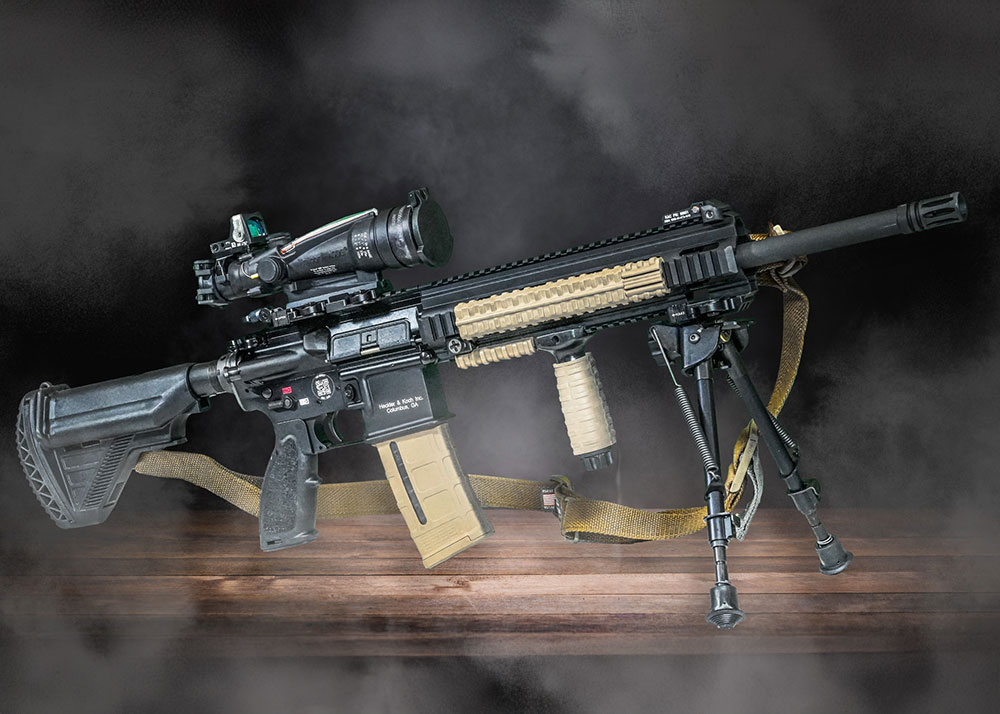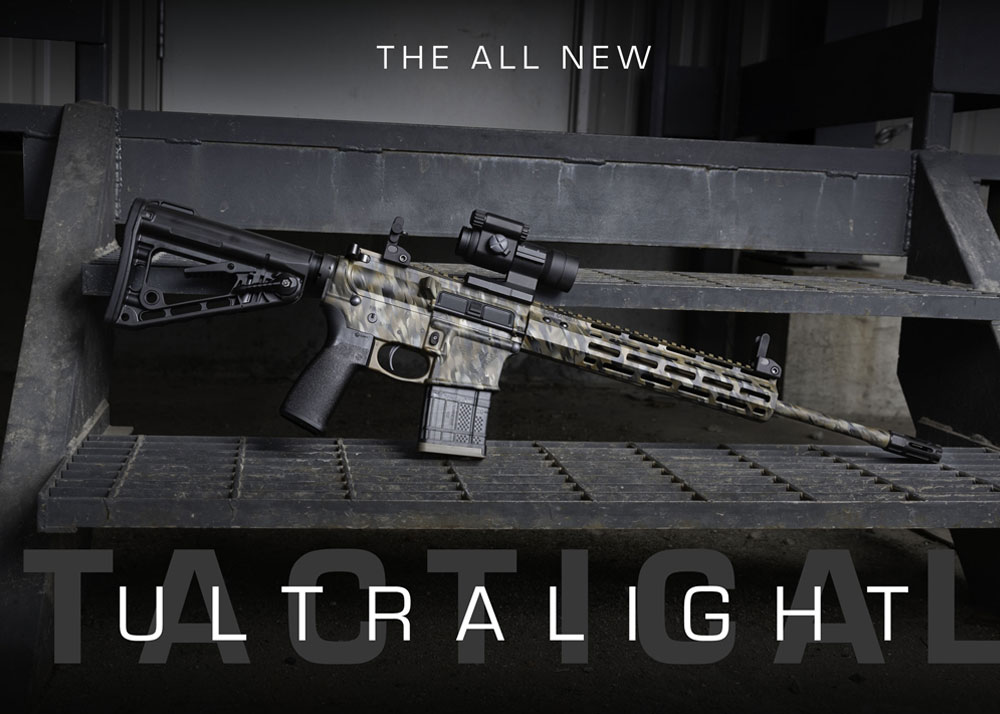Kiwis Plan Airsoft Import Amendments
OptimusPrime
17 Jun 2011

While the CA SB798 is getting our attention, there is another issue that has just come up on the opposite side of the Pacific Ocean. The New Zealand Parliament is planning to amend the definition of military style-automatic firearms that will also affect airguns, airsoft, and paintball markers. We have not found the actual bill but the first reading of the proposed amendment is provided below for all of you to go over and see what you think about it.
There are some positive signs that this amendment might remove restrictions of fully automatic airsoft guns since their power and potential to cause harm is lower than high-powered airguns (we highlighted these below). However, military-styled air weapons may still need importation permits.
This is still the first reading and request for documents was announced and the deadline was yesterday. The Law and Order Committee will report their findings on 08 August 2011 to proceed with further reading of the amendments. We hope the New Zealand airsoft community have gone over the proposed amendments and made their comments known to the committee. Debate during the First Reading can also be read via the link provided below:
Hon SIMON POWER (Minister of Justice) on behalf of the Minister of Police: I move, That the Arms (Military Style Semi-automatic Firearms and Import Controls) Amendment Bill be now read a first time. At the appropriate time, I intend to move that the Arms (Military Style Semi-automatic Firearms and Import Controls) Amendment Bill be referred to the Law and Order Committee for consideration, that the committee report finally to the House on or before 4 August 2011, and that the committee have the authority to meet at any time while the House is sitting except during oral questions, and during any evening on a day on which there has been a sitting of the House, and on a Friday in a week in which there has been a sitting of the House, despite Standing Orders 187 and 190(1)(b) and(c).
This bill amends the Arms Act 1983 to place controls on the importation of airguns that look like real pistols, military-style semi-automatic firearms, or restricted weapons, and it clarifies the definition of “military-style semi-automatic firearms”, or MSSAs—which I am sure Mr Assistant Speaker Roy is familiar with. The bill will preserve the rights of legitimate firearm users while at the same time protecting the public from the illegal use of firearms.
The bill will enhance public safety by clarifying and strengthening import controls on airguns that look like real pistols, restricted weapons, or military-style semi-automatic firearms. Because of their appearance, such airguns are used by criminals for intimidation purposes. Although no official statistics on this are collected, police estimate that there is up to one incident a week where a member of the public has presented an airgun that looks like a real pistol, restricted weapon, or military-style semi-automatic firearm that has prompted an armed police response.
The bill will require those who import airguns that can be mistaken for real pistols, restricted weapons, or military-style semi-automatic firearms to have a permit from police. A permit will be granted only if the Commissioner of Police is satisfied that there are special reasons why the airgun should be imported. Permits will be issued to allow for the legitimate importation of airguns for sporting and collection purposes and the like. These measures will reduce the availability of these types of airguns for criminal purposes, and it is expected that within a relatively short period of time most of the cheaper imitations already in New Zealand will be lost, broken, or discarded.
The bill’s restrictions on the importation of airguns will not apply to airguns that are clearly designed to be used for airsoft and paintball sports and could not be mistaken for real pistols, military-style semi-automatic firearms, or restricted weapons. It is also intended that these provisions would not restrict the importation of airguns that are clearly manufactured solely as toys. These tend not to look anything like real pistols, military-style semi-automatic firearms, or restricted weapons.
The bill includes a consequential amendment to eliminate the unnecessary regulation of fully automatic airguns used for airsoft and paintball sports. Fully automatic airguns used for these sports are currently declared restricted weapons in the Arms (Restricted Weapons and Specially Dangerous Airguns) Order 1984—although I am sure the Hon Clayton Cosgrove was aware of that. However, this does not accurately reflect their lower power and reduced ability to cause harm. The bill removes the classification of these as restricted weapons to reflect their lower risk, but they would still be subject to the proposed import controls on airguns that look like real pistols, military-style semi-automatic firearms, or restricted weapons.
The bill will also clarify the definition of military-style semi-automatic firearms. In 2010 the High Court decision in Lincoln v Police highlighted problems with the way the Arms Act 1983 defines military-style semi-automatic firearms. The current definition has resulted in confusion and created difficulties for police who need to be able to determine in a consistent manner which semi-automatic firearms are military-style semi-automatic firearms.
This amended definition in the bill will clarify the definition and bring the situation back to a classification regime very similar to that administered between 1992 and 2008, which was generally understood and accepted by the firearms community. This will greatly assist with the enforcement of provisions relating to military-style semi-automatic firearms, including the obligations on those who possess them.
The new definition first of all defines a “military-style semi-automatic firearm” in the positive, as a semi-automatic firearm that has one or more specified features rather than, as is the case now, in the negative with a list of features that a firearm in sporting configuration, that is, not a military-style semi-automatic firearm, must be without. That is a very confusing way of approaching the situation, you would agree, Mr Assistant Speaker Roy. The phrase “sporting configuration” is rendered redundant and will be repealed.
Secondly, the new definition of “military-style semi-automatic firearm” provides for the use of regulations to designate a firearm or type of firearm as a military-style semi-automatic firearm, and to define or describe features of a semi-automatic firearm that would classify it as a military-style semi-automatic firearm.
The designation of specific types of firearms as military-style semi-automatic firearms in regulations would be used only in rare instances where firearms or firearm-makers are unable to be clearly classified under the new definition and the classification is in line with the policy intent of the Arms Act as amended in 1992. This is very confusing and I suspect that those who have specialist knowledge in this area will be following it more closely than those of us who are not as well informed on such complex descriptions and matters as that contained in the Minister’s speech.
The definition of a military-style semi-automatic firearm in the bill also addresses a situation that has arisen over magazine capacity. For a firearm to remain classified as being in sporting configuration, and therefore not a military-style semi-automatic firearm, it must have a magazine that is not capable of holding more than seven rounds—although I suspect, Mr Assistant Speaker, that you are already aware of that—and does not appear capable of holding more than seven rounds, unless it is designed to hold .22 inch or less cartridges.
Many firearm owners possess magazines designed to hold 10 rounds, but in order to maintain a firearm in sporting configuration, either the manufacturer or the firearm owner has internally modified those magazines so that they can hold only seven rounds. The bill ensures that firearm owners and manufacturers who take that action will not be found to be operating outside of the law. That will be done by retaining the current limit of seven rounds that the magazine of a semi-automatic firearm can hold before it is classified as a military-style semi-automatic firearm, but allowing a limit of 10 rounds in respect of what the magazine appears to be capable of holding. This is not getting any less complex, Mr Assistant Speaker.
The bill provides for a right of appeal to the District Court when a firearms owner who is affected by a determination by police that a firearm is a military-style semi-automatic firearm wishes to challenge that decision. I think it might have been more straightforward to rewrite our entire criminal procedure.
The bill improves the ability of the Arms Act to continue to protect the rights of legitimate firearms users while at the same time protecting the public from the illegal use of firearms. Clarifying the definition of military-style semi-automatic firearms is in the interests of gun owners, as it removes uncertainties about the types of weapons that have additional requirements for their possession. At the same time it improves the ability of police to apply controls on the possessions of military-style semi-automatic firearms.
I am confident that restricting airguns that can be mistaken for real pistols, restricted weapons, or military-style semi-automatic firearms will improve public safety and limit their availability for criminal use. I commend this bill to the House.

